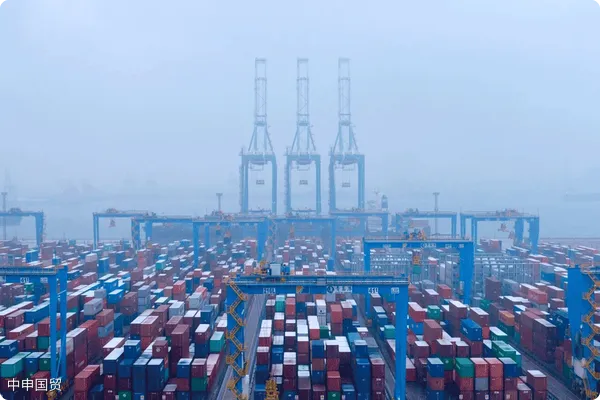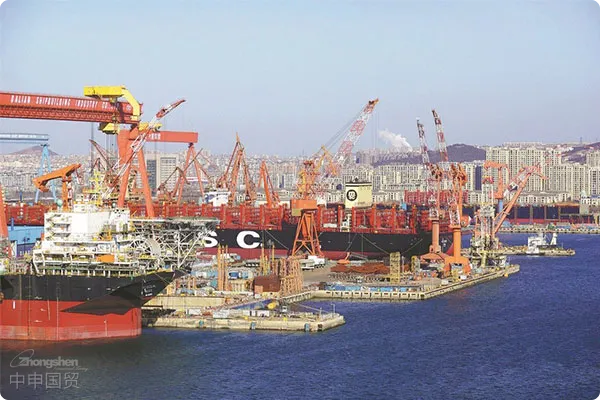- Shanghai Zhongshen International Trade Co., Ltd. - Two decades of trade agency expertise.
- Service Hotline: 139 1787 2118

Five Key Control Points for Importing Road Construction Equipment
Amid the 2025 global infrastructure boom, domestic engineering companies saw a 23% year-on-year increase in imports of road construction equipment like asphalt pavers and rollers. Asforeign tradeagency experts with 20 years of hands-on experience, we revealImport Representationthe core control factors through real-world cases.
Pre-Qualification and Equipment Compliance Standards
Three essential qualifications to confirm before importing:
- Importers legal entity status
- Customs AEO certification level (recommended M or above)
- Construction machinery business license
- Technical compliance for equipment
- CE certification/EPA emission standards (depending on the country of origin)
- Chinese operation manual filing
Transportation solution cost comparison model
Below is a cost analysis for transporting equipment of different tonnages (unit: USD):
| Equipment type | Ro-ro ship transportation | Flat Rack Container Transportation | Bulk carrier transportation |
|---|---|---|---|
| 30-ton asphalt paver | 18,500 | 22,000 | 15,800 |
| 50-ton roller | Not feasible | 28,500 | 23,200 |
Key Practical Points of Customs Clearance Operations
According to Announcement No. 38 of the General Administration of Customs in 2025, special attention should be paid to the import of construction machinery:
- The processing time for the Import Registration Certificate of Electromechanical Products has been shortened to 3 working days
- Used equipment must provide original factory refurbishment certificates
- Declaration of residual oil in hydraulic systems requires third-party testing reports
Agency service provider selection criteria
Four core competencies of high-quality agents:
- Special equipment transportation qualifications (such as Oversize Load Permit)
- Configuration of self-operated customs clearance teams at destination ports
- Capability to handle tariff guarantee insurance
- Temporary storage services during equipment debugging periods
Typical case analysis
Three major problems encountered by a central state-owned enterprise importing Wirtgen milling machines from Germany in 2025:
- Technical parameters not matching the declaration causing port delays (Solution: Emergency processing of parameter change filings)
- Penalties for not declaring accompanying tools separately (Improvement plan: Establish a mechanism for separate declaration of accessories)
- Storage fees incurred due to extended equipment debugging periods (Countermeasure: Pre-book bonded maintenance workshops)
Risk prevention and control system construction
Three recommended risk control nodes to establish:
- Pre-shipment equipment status notarization (Recommended to use SGS inspection)
- Access to GPS monitoring systems during transportation
- 48-hour emergency response mechanism upon port arrival
Related Recommendations
? 2025. All Rights Reserved. Shanghai ICP No. 2023007705-2  PSB Record: Shanghai No.31011502009912
PSB Record: Shanghai No.31011502009912










